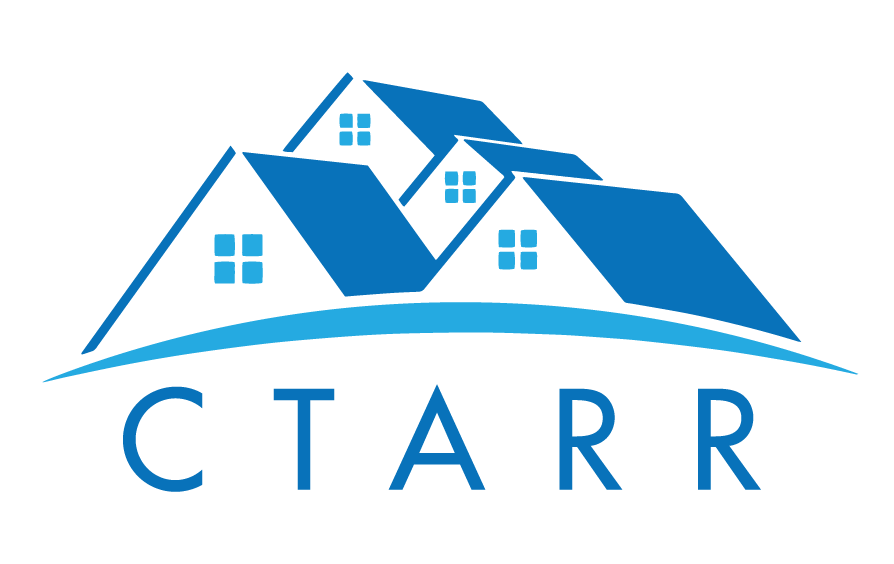Support Levels
Level I:
Level I Recovery Housing is democratically run by residents who live together like a family. Housing is most often provided in single family homes. There
are no paid positions to run the housing. There are no formal supports, though residents provide peer support and house meetings.
Level II:
Level II Recovery Housing is monitored by a house manager. Residents share community spaces and may have roommates. Residents are supported in accessing community services including counseling, healthcare, employment, and connection to the recovery community. Within the recovery housing, residents create recovery action plans, provide peer support, and participate in house meetings.
Level III:
Level IIIs offer supervised living and have staff that are connected to a larger organization. Support services may include recovery coaching, life skill development such as budgeting and employment skills. Staff may offer clinical services offsite for residents. Peer support and recovery action planning are still the central focus of the support.
Level IV:
Level IV recovery housing is residential treatment with organizational hierarchy and administrative oversight; licensing varies from state to state; clinical supervision; may be more institutional setting or treatment center with credentialed staff, support services include clinical services; services provided in-house. CTARR does not inspect nor certify Level IV programs.
